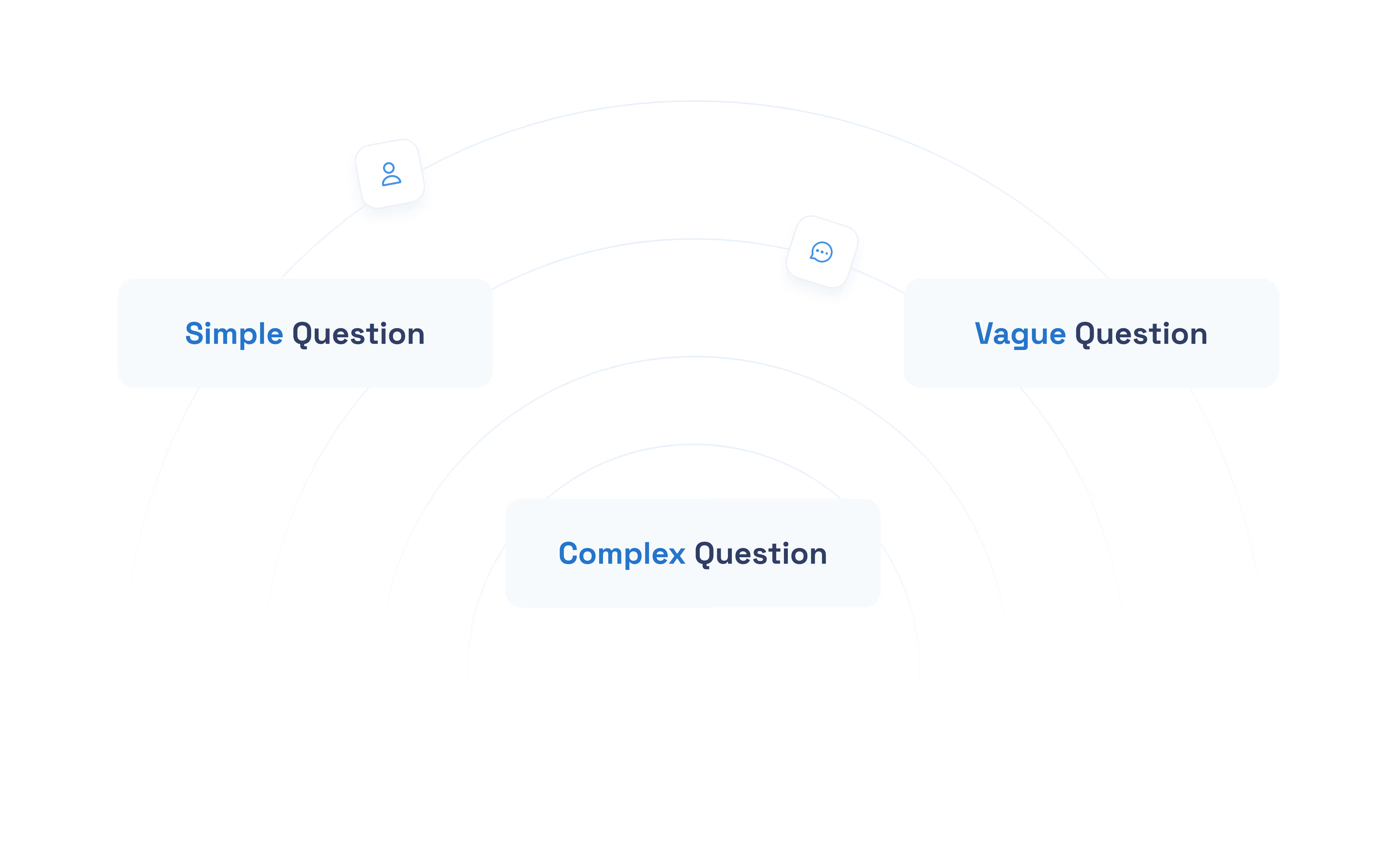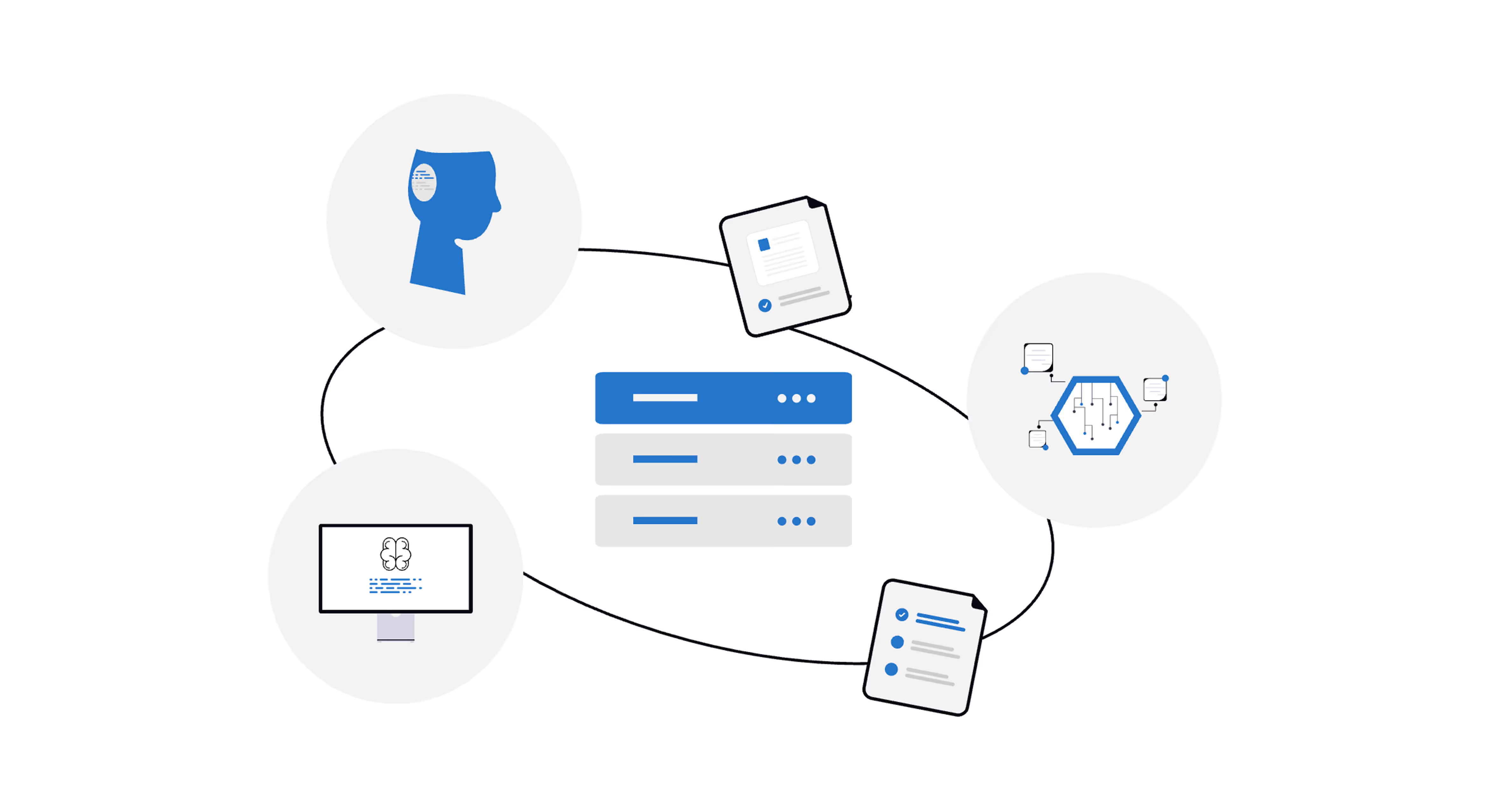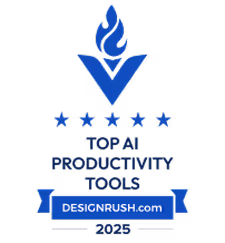Data Analytics
Basic Structure of Data Warehouse Architecture

Data Warehouse Architecture: What is it and how is it changing?
Data warehouse architecture is the blueprint for how a company’s data is organized. It sets out how data is collected from different sources, how it’s cleaned and structured, where it’s stored, and how it’s made available for reporting and analysis. In simple terms, it’s the overall plan that shows how the parts of a data warehouse work together to turn raw information into useful insights for a business.
What is Data Warehouse Architecture?
Data warehouse architecture is the framework that dictates the journey data from its raw, original source to a location and format that can provide insights to businesses:
- Data is gathered from multiple systems, such as sales platforms, customer databases, and other tools. As each of these systems has its own format and structure, that data needs to be cleaned, standardized, and reorganized so it can be combined in a consistent way.
- Once prepared, it’s stored in the data warehouse, where it becomes easier to search, compare, and analyze.
- Finally, reporting tools and dashboards draw on this organized data to reveal trends, patterns, and performance insights that help businesses make informed decisions.
Importance of well structured data
Without a clear architecture, most organizations struggle to make sense of their data. Information sits in separate systems that don't communicate, reports take weeks to compile, and teams make decisions based on partial or outdated information. Data warehouse architecture addresses these challenges by bringing everything together in a structured, efficient way that supports faster, more reliable insights.
When designed and implemented well, data warehouse architecture ensures that data is fast, reliable, and ready for analysis. By organizing data effectively and enabling flexible pipelines, organizations can access governed, insight-ready information quickly, supporting smarter decision-making across the business.
The Basic Structure of Data Warehouse Architecture

The basic principles of data warehouse architecture are often conceptualized as four separate layers:
- Source layer: Where data originates, drawn from transactional databases, customer systems, and other applications.
- Staging layer: A temporary area where raw data is cleaned, standardized, and prepared for analysis.
- Warehouse layer: Where data is structured and organized, making it easier to query and report on.
- Consumption layer: The interface where end-users access data through dashboards, reports, and analytics tools, turning raw information into actionable insights.
This four-layer model has provided a conceptual framework for data warehouse architecture for a long time, but the way data is stored, analyzed, and used has changed dramatically with modern cloud-based data warehouses.
The Modern Data Warehouse (MDW)
Traditionally, data is cleaned, transformed, and structured before it is stored in the warehouse. Because the data is pre-processed into a specific schema, the questions you can ask are largely limited to what that schema supports. Generating new types of analysis often requires reworking the warehouse or the data extraction process, which can be slow and rigid.
Modern cloud-native data warehouses take a different approach. Raw or lightly processed data is first stored in a data lake, where it remains in its original format , which could be structured, semi-structured, or unstructured.
Here, the data isn’t forced into a fixed schema up front, so the same dataset can be used in multiple ways: one pipeline might aggregate sales data for dashboards, another might analyze customer behavior from log files, and yet another might feed models for predictive analytics. This flexibility allows organizations to explore new questions and generate insights without having to reshape the underlying data each time.
How Does Data Warehouse Architecture Work?
Even as modern data warehouses evolve, the foundational principles identified by Bill Inmon, often called the father of data warehouses, remain just as relevant. Inmon outlined four key traits for structuring data:
- Subject-oriented: Data is organized around business subjects (customers, products, sales ,etc), not operational systems. This means analysts see a holistic picture of each subject, rather than a snapshot captured by a single system.
- Integrated: Data from multiple sources is standardized and consolidated into a single, consistent format, enabling trustworthy reporting.
- Time-variant: Historical data is preserved so trends and past states can be analyzed.
- Non-volatile: Once data is in the warehouse, it doesn’t change unexpectedly, ensuring consistency and reproducibility.
Modern approaches like schema-on-read, real-time ingestion, and AI/ML workloads extend these principles. They make data warehouses more flexible and agile by allowing data to be stored in raw form and accessed on demand, updated continuously, and used for multiple analyses without extensive upfront structuring. In other words, organizations can access and analyze data faster, explore new questions in real time, and leverage the same data for multiple purposes.
Major Components and Capabilities of Data Warehouse Architecture

While different data warehouse architectures vary in design and functionality, there are some major components common to all:
- Ingestion pipelines (ETL / ELT / streaming): Ingestion pipelines are the processes that move data from source systems like sales databases, CRM systems, or external APIs, into the data warehouse. They are the foundation of a warehouse because they ensure the data is available for analysis. There are several approaches:
- ETL (Extract, Transform, Load): Data is first extracted from the source, then transformed (cleaned, standardized, and structured), and finally loaded into the warehouse. This is the traditional method and works well for structured, predictable reporting needs.
- ELT (Extract, Load, Transform): Data is extracted and loaded into the warehouse in its raw form first, and then transformed inside the warehouse as needed. This is common in modern cloud-based warehouses where storage is scalable and compute power can handle transformations on demand.
- Streaming: Data is ingested continuously in near real time, rather than in batches, enabling faster access and more timely analytics, which is especially important for monitoring, operational dashboards, or real-time decision-making.
- Metadata, catalog & lineage: This forms the governance backbone of the warehouse, helping track what data exists, where it comes from, and how it has been transformed.
- Data quality & observability: Ensures that the data is accurate, complete, and reliable, and provides visibility into pipeline performance and data health.
- Security & access control (RBAC, masking, audit logs): Protects sensitive information, controls who can access it, and tracks usage to maintain compliance.
- Orchestration (Airflow, Synapse pipelines, Azure Data Factory): Coordinates the flow of data through pipelines, scheduling and managing tasks automatically.
- DataOps automation (monitoring, versioning, CI/CD for pipelines): Applies software engineering practices to data workflows, enabling repeatable, scalable, and reliable pipeline operations.
From Traditional to Modern Data Warehouse Architectures
Early data warehouses were either monolithic or two-tiered, which came with limitations in scalability and governance. The layered model (the source, staging, warehouse, and consumption we discussed earlier) became the standard because it balanced governance, flexibility, and performance, providing a structured way to move and manage data from sources to consumption.
Modern cloud-native warehouses introduce new approaches that make data more flexible, accessible, and ready for analysis.
What is often called the medallion architecture organizes data into layers: raw data is ingested and stored in a Bronze layer, cleaned and curated in a Silver layer, and made business-ready in a Gold layer. This approach allows organizations to work with data at different levels of refinement, supporting multiple types of analysis and enabling faster iteration without redesigning the entire warehouse.
There has also been a move from ETL (Extract, Transform, Load) to ELT (Extract, Load, Transform), meaning raw data is loaded first and then transformed as needed. This enables faster access because analysts and pipelines can query the raw data immediately, while transformations are applied on demand. It reduces delays and avoids repeated, upfront processing for each new use case.
Future Trends in Data Warehouse Architecture
The evolution of data warehouse architecture is being driven by the need for greater flexibility, speed, and intelligence.
One major trend is the convergence of data lakes and warehouses into “lakehouse” architectures, which combine the storage scalability of a lake with the structured, governed capabilities of a warehouse. This allows organizations to store raw and curated data in a single system, supporting both traditional reporting and advanced analytics.
A newer trend is the rise of semantic layers delivered as a service, which simplify the complexity of the underlying warehouse and make governed, trustworthy data directly available to business users and analytics tools. This makes it easier for non-technical users to generate insights without understanding the technical details of the underlying data structures.
Modern architectures are also becoming increasingly composable and modular, enabling organizations to plug in best-of-breed tools, scale specific components independently, and adapt quickly as business needs change.
Finally, AI-native data warehouses are gaining traction. These systems integrate advanced AI capabilities directly into the warehouse, enabling faster, smarter, and more flexible analytics.
Capabilities like natural language querying, machine learning integration, and real-time analytics, mean companies can perform more sophisticated analytics and AI-driven tasks and interface more directly with their data, unlocking new possibilities for business intelligence and AI-driven decision-making.
Lumi AI Perspective: Unlocking Insight from Your Warehouse
Even the most well-designed data warehouse can face a “last-mile problem”: turning stored and processed data into actionable insights often remains a bottleneck for business users. This is where Lumi AI comes in.

Lumi sits on top of any modern warehouse (Snowflake, BigQuery, Redshift, or Synapse) without requiring any re-architecture. Acting as both a semantic and conversational layer, Lumi enables users to interact with their data in ways that were previously difficult or time-consuming:
- Query in plain language: Ask questions directly, with no SQL or Python required.
- Auto-generate insights: Create visual reports, summaries, and dashboards automatically from governed warehouse data.
- Surface hidden trends: Identify operational signals and patterns instantly, helping teams spot opportunities or issues sooner.
One of Lumi’s strengths is how it fits naturally with the consumption layer of a data warehouse. The consumption layer is where curated, governed, and analytics-ready data is made available to business users and BI tools. Because this layer is already designed to deliver data consistently and reliably, Lumi doesn’t need to alter the underlying datasets. Instead, it acts as a friendly front-end, making the data more accessible and interactive. Users can query, visualize, and uncover insights directly, without needing technical skills or waiting for engineers to build dashboards.
Lumi also works within existing data governance frameworks. It respects the warehouse’s permissions, so users only see the data they’re allowed to access, understands lineage, so insights can be traced back to their source, and adheres to data contracts, ensuring outputs follow established rules and formats. Users can explore and analyze data safely, delivering self-service insights without compromising security, trust, or data quality.
Because Lumi works with decoupled compute, it can adapt to the very different demands of both ELT and streaming data setups. It can handle continuous, real-time data ingestion (streaming) while also supporting heavier, on-demand transformations (ELT) without performance trade-offs. This flexibility allows Lumi to plug into modern data environments seamlessly, maintaining speed and responsiveness regardless of how data flows or scales within the warehouse.
By making data accessible through natural language and automated insight generation, Lumi reduces the reliance on data engineers for day-to-day queries and reporting. This frees technical teams to focus on higher-value work while empowering business users to explore data directly, shortening the path from question to decision.
Discover how Lumi turns your data warehouse into a real-time insight engine.
Related articles
The New Standard for Enterprise Analytics
Make Better, Faster Decisions.






